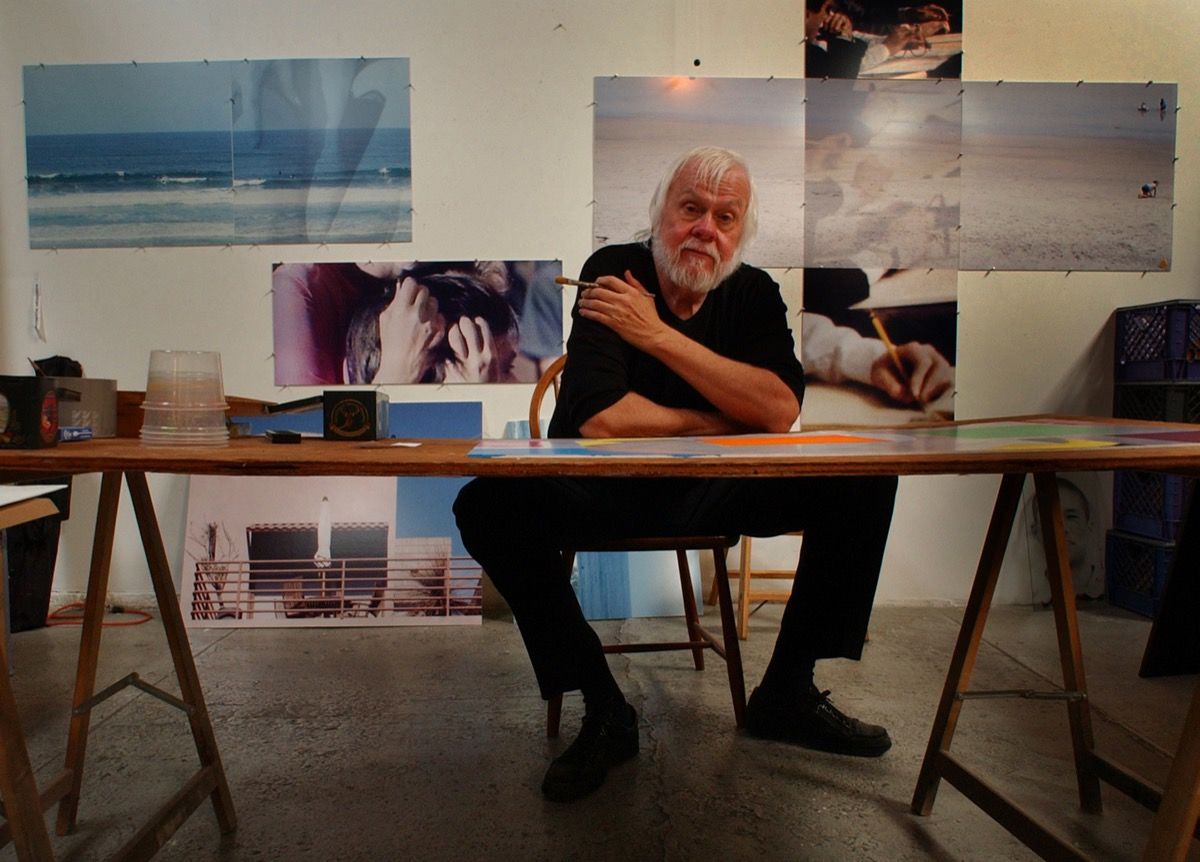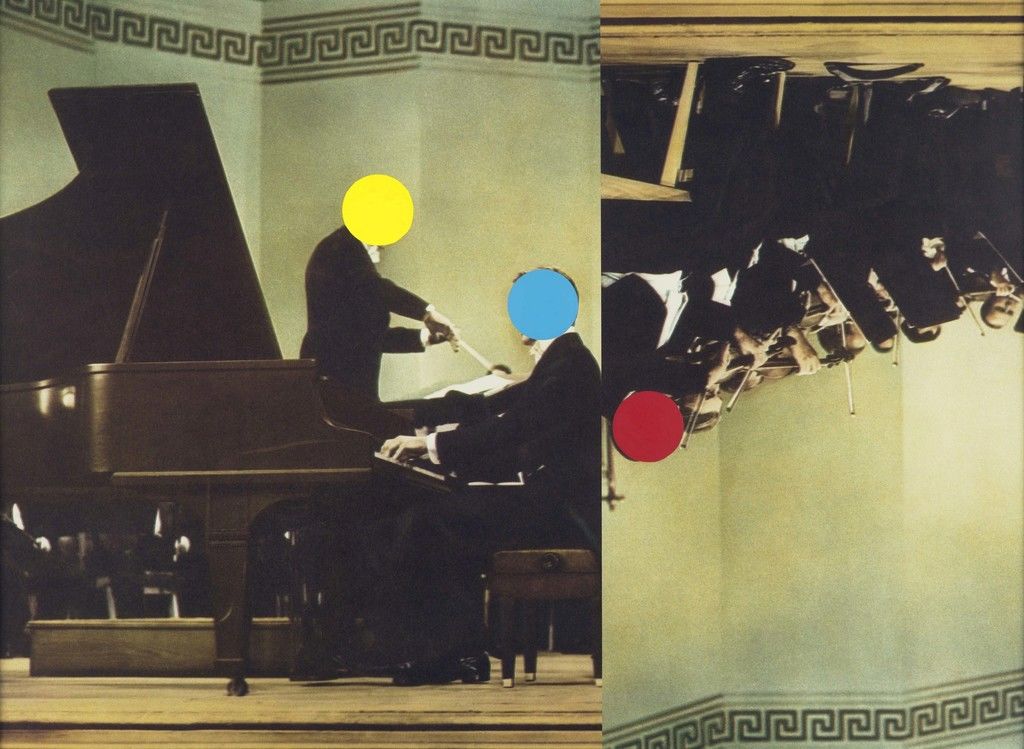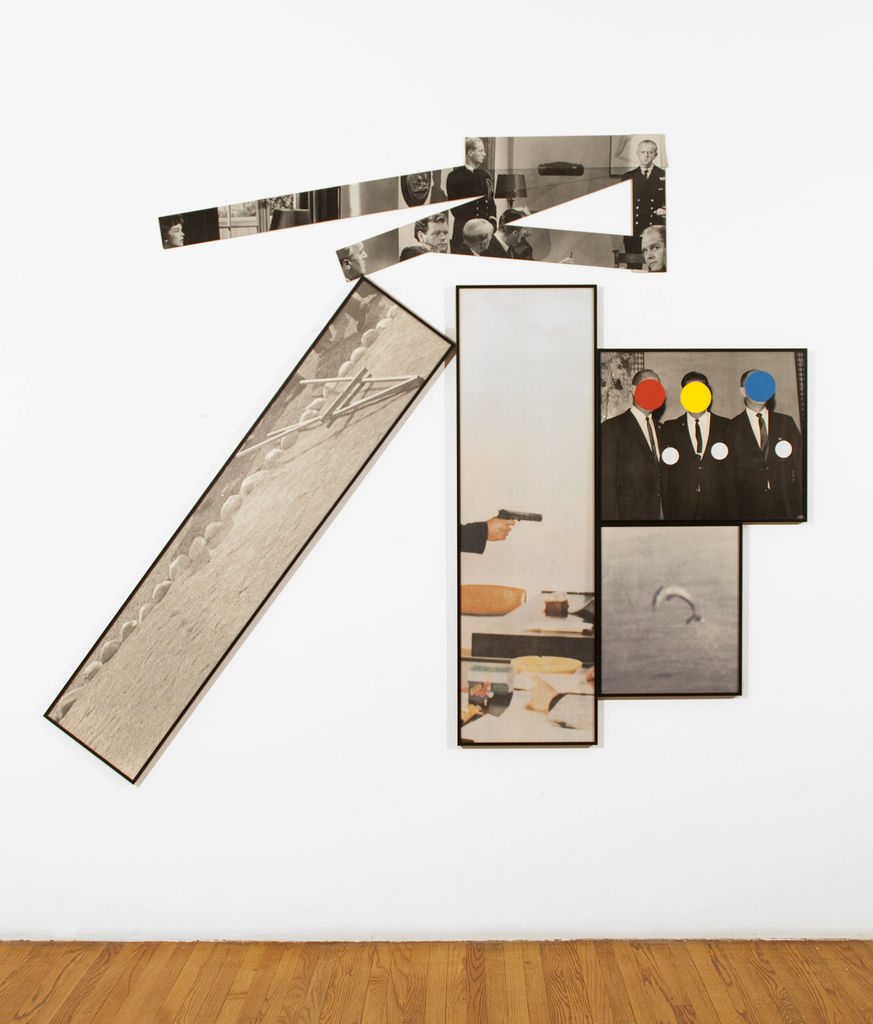John Baldessari, Conceptual Art Giant with a Sense of Humor, Dead at 88

Artdaily_John Baldessari,who brought a sense of humor to conceptual art, died on January 2nd at age 88. Through his decades as a teacher, Baldessari helped shape Los Angeles into the artistic hot spot it is today. He died at his home in L.A.’s Venice neighborhood; no cause of death has been given, according to the New York Times.
Over the course of a career that spanned seven decades, Baldessari achieved just about every major milestone a contemporary artist could hope for. He was featured in important international group exhibitions—including Documenta, the Whitney Biennial, and the Venice Biennale—and enjoyed a major museum retrospective, “John Baldessari: Pure Beauty,” which traveled to Tate Modern, Museu d’Art Contemporani de Barcelona, Los Angeles County Museum of Art, and the Metropolitan Museum of Art between 2009 and 2011. He was also awarded a National Medal of Arts by President Barack Obama in 2014, and made an appearance on The Simpsons in 2018.

Baldessari was born in 1931 in the border town of National City, California. His parents were both immigrants, his father from Austria and his mother from Denmark. He received his B.A. and M.A. from San Diego State College.
His career was marked early on by a radical shift away from painting, which had been the focus of his practice in the 1950s and ’60s. Infamously, in 1970, Baldessari took all the paintings in his possession made between 1953 and 1966 to a crematorium and had them incinerated. That work, dubbed the Cremation Project (1970), marked the formal beginning of a many-pronged practice that embraced a huge range of media, from video, photography, and sculpture to prints and installations. He also continued to create paintings, which often incorporated text and a bright palette reminiscent of Pop art.

“A lot of artists in the world were feeling the kind of malaise that Abstract Expressionism was running out of steam,” Baldessari told the painter David Salle, one of his former students, in a 2013 interview. “I thought there was something else. I was always interested in language. I thought, why not? If a painting, by the normal definition of the term, is paint on canvas, why can’t it be painted words on canvas? And then I also had a parallel interest in photography. I would go to the library and read books on photography. I could never figure out why photography and art had separate histories. So I decided to explore both. It could be seen as a next step for me, getting away from painting. That might be fruitful. Later, that was called conceptual art.”
The ensuing explorations resulted in some of Baldessari’s most famous works, many of which mixed the rules-based rigor of conceptual art with a deadpan sense of humor. For a 1971 show at the Nova Scotia College of Art and Design, Baldessari was unable to travel to the gallery for budgetary reasons, so he invited the college’s students to write the sentence “I will not make any more boring art” on the exhibition space’s walls. The 1972 video Baldessari Sings Lewitt shows the artist singing Sol Lewitt’s famous 35-point manifesto, Sentences on Conceptual Art (1968). Throughout the 1970s and ’80s he made photographic works that juxtaposed thematically linked or contrasting found images. In 1984’s Kiss / Panic, central images of a kiss and a panicked crowd are surrounded by photographs of hands holding guns.
Baldessari returned to bright colors and a more painterly sensibility in the late 1980s. In the ensuing decades he created many works based on found photographs where certain details or entire sections of the image were covered in uniform blocks of color. He also continued to create paintings mixing text and found imagery. His 2017 solo show at Sprüth Magers in Los Angeles focused on that quintessentially contemporary fusion of text and image—emoji. Explaining the genesis of the series, he told the Los Angeles Times: “How can you not be interested in emojis? They just look so stupid!” (In March, Sprüth Magers will open a solo show of new works by Baldessari at its Los Angeles space.)
